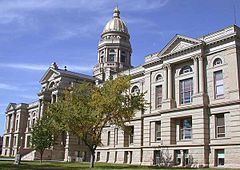What to Look For On a Nutrition Label
Written by Wendy Corr on January 29, 2019
When we’re trying to eat healthier, we often turn to nutrition labels to help guide our choices. But what are those labels really telling us? I’m Wendy Corr, and in today’s Wellness Tip, we’ll sort out the facts of nutrition labeling!
While about two-thirds of Americans might use the Nutrition Facts panel at least some of the time, most people have only a limited understanding of what it means.
Don’t believe anything you read on the front of a package. Be wary of deceptive marketing hype that makes junk foods appear healthy, when they may actually be filled with sugar and other unhealthy ingredients. That’s why reading the ingredient list is key. Look for shorter ingredient lists with recognizable ingredients, and remember that ingredients are listed in order of descending volume.
Sugar is one of the most dangerous additive to be aware of – and ingredient labels can be deceiving because of the various names for sugar. So if you see multiple forms of sugar listed separately on the same label, that means that sugar is most likely the largest ingredient.
The USDA has set 2,300 mg as the upper safe limit for sodium. And coming back to the sugar subject – remember that whole plant foods will contain some naturally occurring sugar, but if the total sugars number is approaching the total carbohydrates, that’s another clue to reread the ingredient list.
So the bottom line is, when buying packaged foods, don’t pay attention to the advertising claims – Our goal is not to eat a lot of foods that require packaging or labels. We should be eating a variety of fresh fruits and vegetables, and your pantry should be filled with whole grains and items like sweet potatoes, and raw, unsalted nuts and seeds.
Thanks for tuning in to Wellness with Wendy! I’m a certified holistic nutritionist, and I love sharing tips and tricks to help you live your best life – so for more health and wellness news and advice, follow my blog on mybighornbasin.com.




